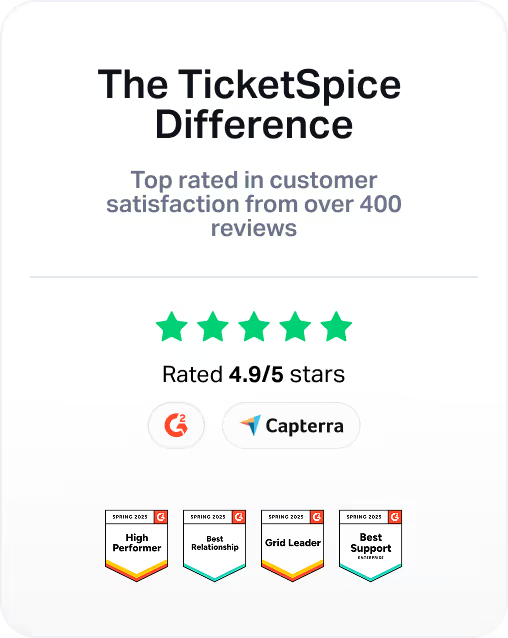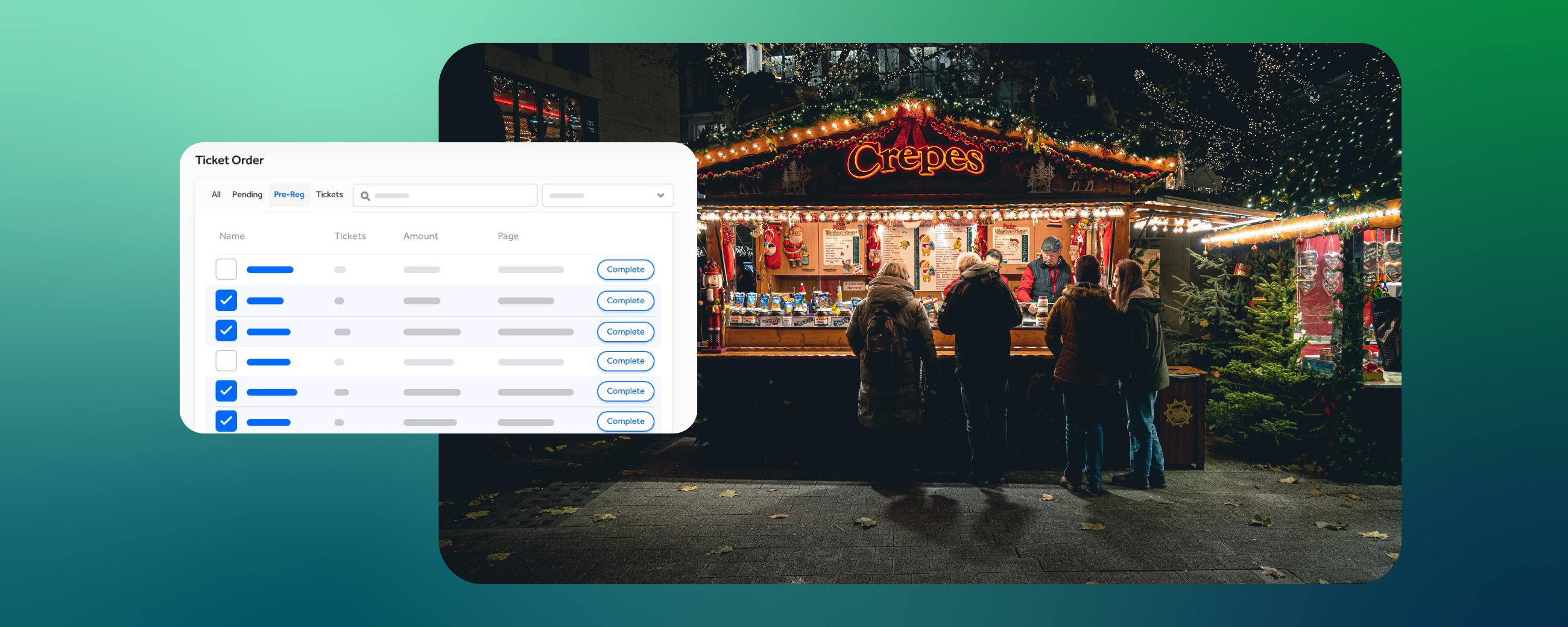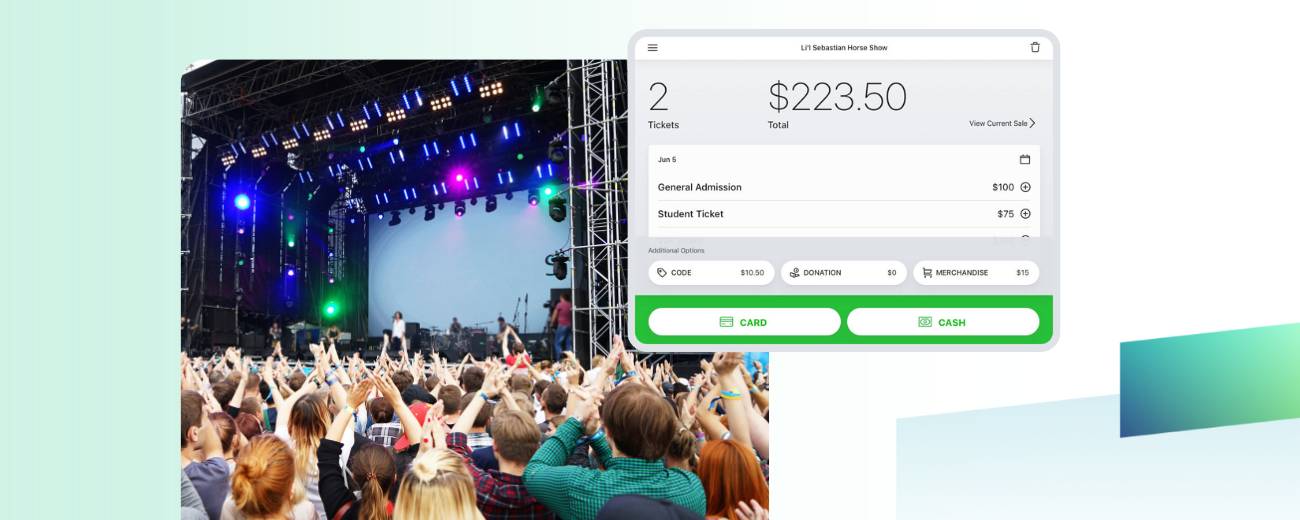You did it; you executed your event! The buzz is still in the air, and the celebratory adrenaline is still coursing through your veins. Before you kick back and toss your event memories into the distant past, however, there’s one more step that has the power to make or break your future events: the post-event analysis.
From budget breakdown to attendee experience, the insights you glean from this year’s event are a valuable planning tool for next year’s event. In the rest of this post, you’ll learn the four main components of the post-event checklist that will help you rock next year’s event.
1. Do a Financial Evaluation
A thorough evaluation of the financial aspect of your event can reveal potential blind spots and clarify focus areas for next year. When you’re crunching the numbers, use this checklist to get started.
- Total revenue
- Total ticket sales
- Specific ticket sales (ie - VIP, family pass, etc).
- Total expenses
- Itemized expense report
Once you have the numbers at your fingertips, reflect: How did your total revenue compare with your projected revenue? What was your ROI? Are there areas where you can cut costs or increase revenue next year?
2. Gather Demographic Data
If you want to provide a top-notch event experience, attract the right sponsors, and make the most of your marketing efforts, you have to understand your audience. The most successful event pros utilize 3rd party data sources to learn more about their customers and make better decisions.
Start with details such as age, gender, household size, income, education, and interests, and get more specific from there.
We recommend using our new-to-the-industry feature, Contact Insights, to gather this data and leverage it for your future events. The enrichment service is GDPR compliant, and your data remains private.
3. Run a Marketing Analysis
Whether you promoted your event through an email drip campaign, a social media strategy, or both, evaluate the performance of each marketing channel.
Which marketing campaigns had the highest and lowest conversion rates? Which ones need more funding? A detailed look at the marketing statistics can help you determine areas you want to double down on (or let go of) next year.
If you want to make your life easier, check out the TicketSpice data analytics feature to access trends, summaries, and conversions.
4. Ask Attendees for Feedback
As an event organizer, you want your attendees to have the best experience ever, so their opinions matter.
After your event, send out a survey, and consider incentivizing with a raffle entry or small prize for everyone who completes it. Ask your attendees about what they loved, and give them a chance to share areas of potential improvement. To keep the survey short, and respect your attendees time, use multiple choice questions wherever possible. There’s no need to have them recall and rank all the activities from the fair, when you can list them out.
Based on the survey results, are there any changes you want to implement?
Pro tip: If your event would benefit from a promo video, gather some glowing testimonials—both written and video—while asking for feedback.
The Post-Event Report
Finally, it’s time to bring all the data together and summarize it into a post-event report. If compiling all of that information seems overwhelming, use the
TicketSpice export and reporting feature for a quick export and just about everything.
Remember, the insights you gain from doing a post-event analysis will help you continue to improve your event, boost your bottom line, and enhance the attendee experience. This vital step in the process is well worth your time.
If you have any questions on the post-event analysis, don’t hesitate to contact our support team. We’re here to help you have the best event ever!
— The TicketSpice Team





















